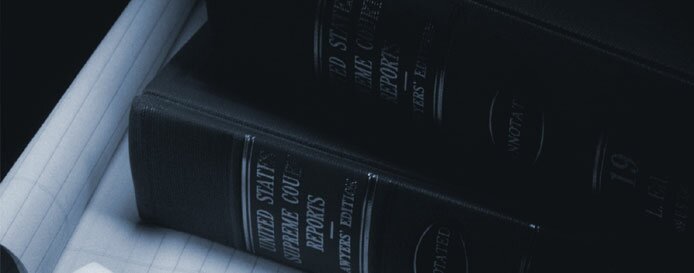Exploring the Benefits and Drawbacks of Plagiarism Detection: A Guide for EducatorsPlagiarism, the act of offering someone else's artwork as your own, is an important offense in the instructional international. In this article, we can delve into the multifaceted realm of plagiarism detection, exploring every one of its blessings and downsides for educators. Definition of PlagiarismBefore we embark on this exploration, permits establish commonplace facts. Plagiarism, in an educational context, is the act of using someone else's artwork, thoughts, or highbrow property without right attribution, supplying it as your own. Benefits of Plagiarism Detection for EducatorsEnsuring Academic IntegrityOne of the number one advantages of plagiarism detection equipment is its function in retaining academic integrity. These equipment act as guardians, making sure that scholars adhere to the ethical requirements of their academic pursuits. By identifying instances of plagiarism, educators can create honest and honest knowledge of the environment. Time EfficiencyPlagiarism detection equipment streamlines the frequently hard grading approach, saving educators valuable time. Instead of manually scouring via pages of assignments, this system can quickly highlight potential times of plagiarism, permitting educators to be conscious of imparting more personalized and constructive comments. Educational SupportBeyond retaining integrity and saving time, plagiarism detection tools provide an academic guide. They turn out to be valuable allies in identifying areas in which university students may need greater assistance. By recognizing styles in plagiarism, educators can tailor interventions to deal with unique challenges, in the end enhancing the overall expertise of revel. Drawbacks and Considerations of Plagiarism DetectionOverreliance on TechnologyWhile this equipment is useful, there's a risk of overreliance on the generation. Relying too intently on automatic systems may result in missing the nuances that a human evaluator can capture. Human judgment remains crucial in knowledge within the context of assignments and discerning intentional plagiarism from honest mistakes. False Positives and NegativesPlagiarism detection systems, while valuable, are not flawless and can introduce errors into the evaluation process. Educators should be mindful of the potential occurrence of false positives and false negatives, understanding that:
To address these limitations, educators should employ strategies such as cross-referencing results, providing context-sensitive analysis, and remaining actively engaged in the evaluation process. By being aware of the potential for false outcomes, educators can enhance the accuracy of plagiarism detection and maintain a fair and just academic environment. In the quit, the journey through the panorama of plagiarism detection is well-known as a nuanced terrain for educators. The advantages, inclusive of maintaining integrity, saving time, and providing academic useful resources, are great. However, a conscious method is vital, thinking about the capacity drawbacks including overreliance on the era and the prevalence of fake positives and negatives. By facts the intricacies and the usage of this equipment judiciously, educators can strike a balance that ensures educational honesty whilst fostering supportive information about the surroundings. This exploration serves as a manual for educators navigating the realm of plagiarism detection, empowering them to make knowledgeable and effective selections in their teaching practices. |



